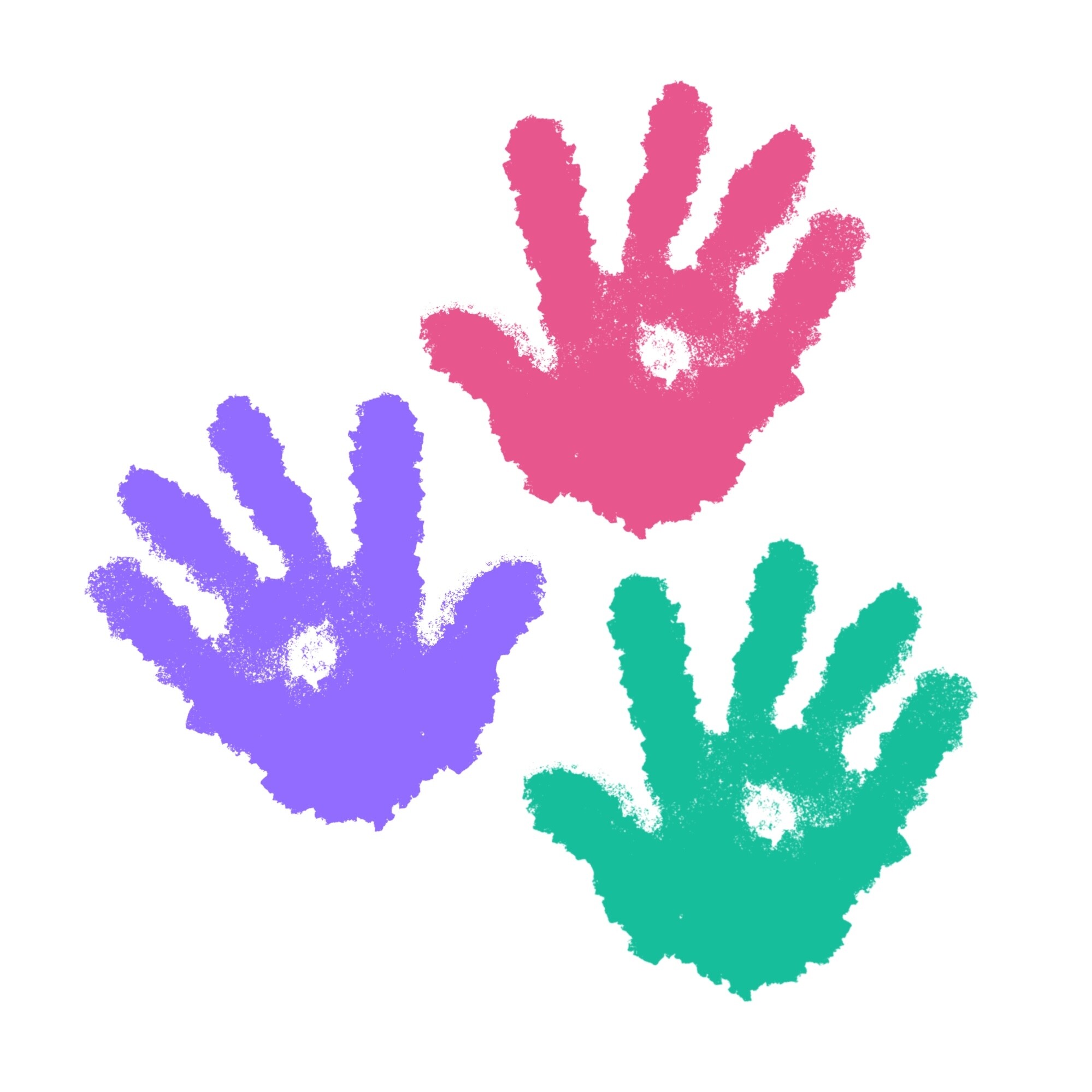Children's development
Ages & StagesBirth to 1 year old
1 - 2 years old
2 - 3 years old
3 - 4 years old
4 - 5 years old
5 years plus
 FAQ
FAQ
Frequently Asked Questions
Here are some answers to questions that you may be asking regarding the stages of development in young children.
How do I know if my child is normal?
Every child develops at their own pace, so there’s not really a universal “normal” that fits all kids.
![]()
One of the best things you can do to support your
child’s development is to build a positive relationship through play.
This helps them learn about themselves and the world around them.
What should I do if I think my child may have a development issue?
 You know your child best so if you think there may be something wrong, trust your instincts and talk to a health professional about your concerns..
You know your child best so if you think there may be something wrong, trust your instincts and talk to a health professional about your concerns..
Is my child’s development on track?
 To help answer this important question, child development experts have created lots of different charts and checklists that can help you keep track of child development across several key domains:
To help answer this important question, child development experts have created lots of different charts and checklists that can help you keep track of child development across several key domains:
- physical development
- cognitive development (thinking skills)
- language development
- social-emotional development
Know that you’re going to see some variation between the lists.
It may also help to think of development as an individual progression, rather than as a list of boxes you should tick at certain prescribed intervals.
If progress stops or seems to stop, it’s time to talk to your child’s healthcare provider.
If there is a delay, identifying it early can sometimes make a big difference for the child.
What are developmental milestones?
![]() Milestones are the things a child can do by a certain age.
Milestones are the things a child can do by a certain age.
Most children develop skills and abilities in roughly the same order, but the timeframes involved aren’t exact.
They vary from child to child, just as hair and eye colour do.
What are the stages of child development?
 Early childhood (birth to age 5), middle childhood (ages 6 to 12), and adolescence (ages 13 to 18) are three major stages of child development.
Early childhood (birth to age 5), middle childhood (ages 6 to 12), and adolescence (ages 13 to 18) are three major stages of child development.
Children may hit milestones associated with these stages a little faster or slower than others, and that’s OK.
What is the most important stage of child development?
 The early childhood years are especially important to set the stage for success and wellness.
The early childhood years are especially important to set the stage for success and wellness.
Between birth and age 3, your child’s brain grows to 90 percent of its adult size.
By providing children with healthy food, mental stimulation, and plenty of love during this tremendous period of growth, children are better able to develop important physical, emotional, and intellectual skills they’ll lean on for a lifetime..
How can I improve my child's brain?
![]() Simply speaking to a young child often, whether you’re chatting during a diaper change or pointing out things on a walk, can boost brain growth.
Simply speaking to a young child often, whether you’re chatting during a diaper change or pointing out things on a walk, can boost brain growth.
Taking turns during interactions and playtime develops social and language skills.
But perhaps the most powerful way to nurture children’s brain development is to show care and love.
Research shows that the brain regions critical to learning and memory grow more quickly in children of emotionally supportive parents.
Does experience change the actual structure of the brain?
![]() Short answer is yes.
Short answer is yes.
Brain development is “activity-dependent,” meaning that the electrical activity in every circuit – sensory, motor, emotional, cognitive – shapes the way that circuit gets put together.
Every experience–whether it is seeing one’s first rainbow, riding a bicycle, reading a book, sharing a joke–excites certain neural circuits and leaves others inactive.
Those that are consistently turned on over time will be strengthened, while those that are rarely excited may be dropped away.
What does playing bring to a child?
 Research has shown that play is crucial to physical, intellectual, and social-emotional development at all ages.
Research has shown that play is crucial to physical, intellectual, and social-emotional development at all ages.
This is especially true of the purest form of play: the unstructured, self-motivated, imaginative, independent kind, where children initiate their own games and even invent their own rules.
In other words, playing is a powerful method of cognitive and emotional development, for children and adults alike.
What can parents do to help stimulate their baby’s development?
 I recommend talking and singing to your baby as much as possible from day one, as it helps stimulate the brain and neurological development.
I recommend talking and singing to your baby as much as possible from day one, as it helps stimulate the brain and neurological development.
Encourage the laughter when your baby starts laughing and always, always, interact with your child. When your baby is awake, it’s time to bond and play.
It’s rewarding for you and helps his development as well.
That first year is the time when you want to get down on the carpet and lay next to your baby and create that eye contact that only parents can.
Let them really see you and get close to you, because there’s nothing better to give reassurance to the baby and to help stimulate overall development.
Also, as they get a bit older, speak directly and simply to babies.
Talk as if you’re actually hoping to convey something in your words.
Even if your baby doesn’t know the words, she’ll understand the tone and melody in your speech, which will help her translate what is being said as she gets older.
